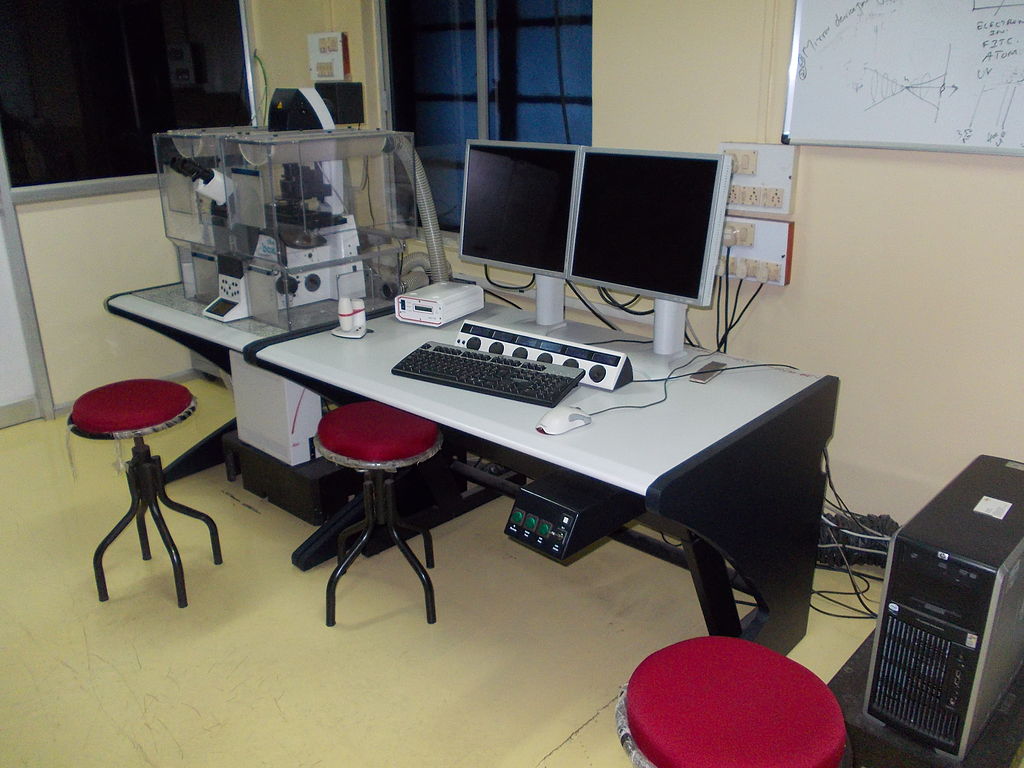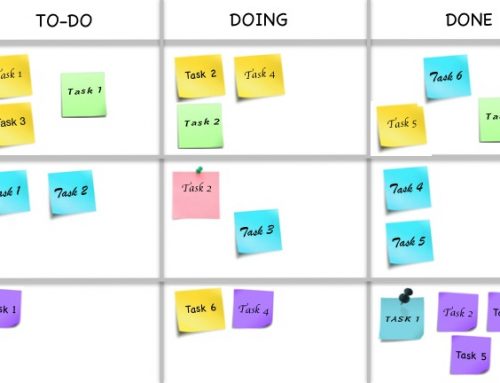How to Deal with Biotech Sales Representatives, Part 3:
In Part 1 we discussed the three main types of biotech sales representatives that may be calling on your lab, and in Part 2 we covered “How to Get Lower Reagent Prices.”
Getting lower pricing on your lab equipment is more complex than lowering price on reagents, but you can use many of the same elements.
As we covered in Part 2– be certain what you are asking is acceptable at your institute!
Capital equipment purchases are more complex than reagents as not only do you negotiate price, you will probably also be wrapping in reagents, warranties, training, and trade-ins. Each element that is brought in further complicates determining the value of the instrument with the price- unfortunately this tends to not work in your favor. Further shifting the balance is that while you may have purchased one or two pieces of capital equipment in the last couple of years, your biotech sales representative may have sold 10 to 30 of these pieces in just the last three months. Even more than in reagents, the odds are very heavily stacked against you “winning” and the biotech sales rep “losing”.
However, similar to reagents this should not be an issue if you work for a win-win deal.
Here are a few scenarios and tactics:
- In general, if price is your over-riding concern, then you should focus on entry-level instruments or get a re-furbished unit.
Why an entry-level piece? The more bells and whistles you add, the harder it is to be sure you are comparing apples to apples. Re-furbished units are harder to sell so you can get them at a substantial discount compared to a new unit.
- The most common scenario is where the researcher has already selected their piece of equipment, but now wants a lower price. If this is the case broaden your specifications.
Restricting specifications prior to putting out the bid will limit you to only one instrument. Most of your negotiation leverage will now be lost- why should the sales representative lower the price if they have the only instrument that fits the specification?
Instead broadly write your specifications, take the high and lows of competitor instrument specifications and combine them to form a range. This will give you the best negotiation position- even if you are already leaning heavily towards a winner.
- You put out a bid, want the instrument, but it still costs too much. There are some creative solutions to close the gap.
Depending on your budget, most of the strategies outlined in Part 2 can work. Also but pay close attention to seasonality. Timing your purchase to fit at the end of a sales representatives commission period can work in your favor. Another overlooked option is to find a lab that wants the same device– you can drive a harder bargain with more units.
Imagination and creativity go a long way in getting lower prices. Remember to negotiate win-win with a sales representative looking to keep a great long-term relationship with your lab and enjoy your savings!
If you are interested in our negotiations course please contact us.







Organizations such as BioLink Depot are a great source of free equipment and supplies. They accept excess inventories and then redistribute to educational and research organizations for free or very low cost.